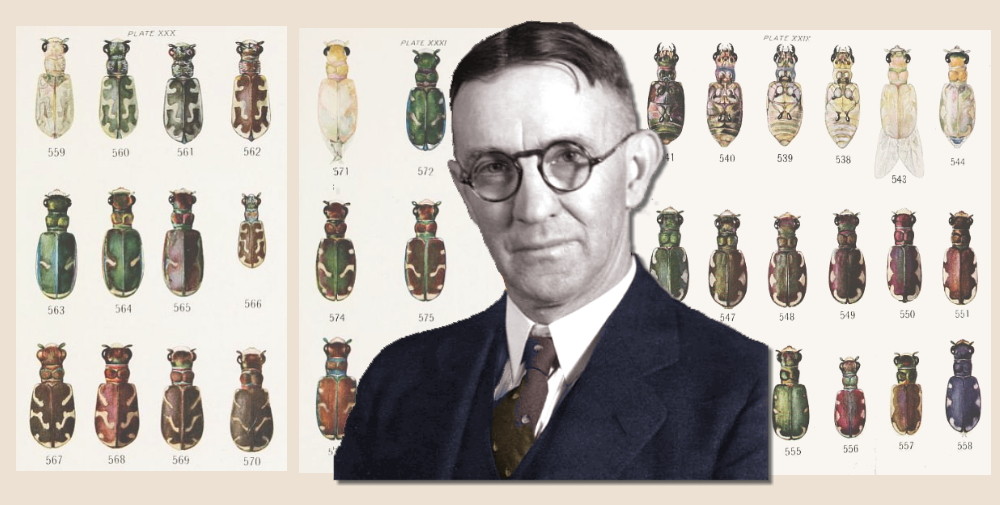
The Biome Conceptualizer
On September 22, 1877, American zoologist Victor Ernest Shelford was born. He studied animal communities and correlations between changes in environment and the changes in animal populations. Looking at rivers, lakes, and forests in his first book, Animal Communities in Temperate America, Shelford outlined a law of tolerance wherein the presence or absence of several critical factors such as temperature, humidity, food, soils, vegetation, etc. could limit a population depending upon an animal’s tolerance of their combined physiological stress. He and other pioneer ecologists pushed field scientists to widen the focus on the world of their research subjects.

Shelford spent much of his academic life at the University of Illinois and part of each year in active field research. Investigating both terrestrial and aquatic animal communities, he developed the concept of biome and coauthored Bio-ecology with botanist and plant ecologist F.E. Clements. Years later, in his last major work, The Ecology of North America, Shelford fleshed-out his concepts of biomes to include interdependent life systems within tundra, grassland, and desert.
Working to establish ecology as a discipline, Shelford served as the first president of the Ecological Society of America. He believed strongly enough in his responsibility to save threatened natural areas that he later founded the Ecologist’s Union that has became the non-profit, international organization known today as The Nature Conservancy, committed to advancing biological diversity to preserve life on Earth.
B Bondar / Real World Content Advantage